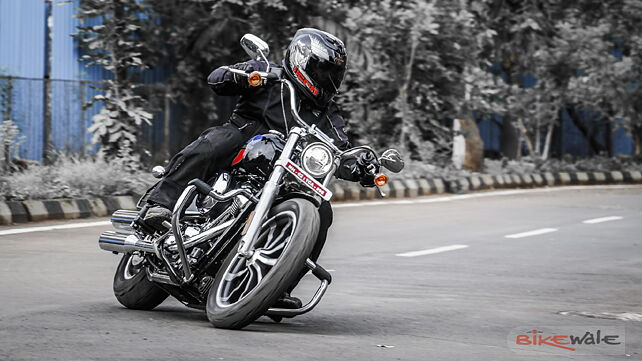
- Designed to achieve a lock on a specific motorcycle ahead for a staggered formation
- Multiple motorcycle tracking option with the ability to select a specific lead bike
With the advancement of technology and the increasing number of road users, adaptive cruise control is one feature that is bound to play a major role in the future. While car companies have progressed well in this direction, two-wheeler brands have also made note of the same and started working on it. One manufacturer, in particular, Harley-Davidson, is taking a unique approach towards adaptive cruise control keeping its group riding aspect at the forefront.
Now, for those unaware of adaptive cruise control, the system works by receiving information about objects and surrounding vehicles with the use of radar, laser or camera. The information is processed by the control module which instructs the vehicle’s main control unit to automatically moderate the speed and keep pace with the vehicle ahead. Now, while the system is increasingly available on four-wheelers, two-wheelers are expected to receive similar tech by 2020. On that note, Italian bike maker Ducati has already announced that beginning with a few models of its 2020 range, it will be equipped with such technology.

Coming back to Harley-Davidson, the patents filed by the bike maker are suggestive of adaptive cruise control which, apart from being motorcycle-oriented, is also particularly designed to offer a group riding structure, something that is commonly associated with Harley-Davidson motorcycles and their owners. Over here, the system is designed to lock onto a specific motorcycle ahead rather than the vehicle up front. The idea projected is to have a staggered formation that can be formed by multiple motorcycles all linked together. A transceiver sends out a unique identifying signal which is received by the motorcycles fitted with the same system allowing the bikes to be ridden in a convoy. The system will also provide information to track their positions while allowing the rider to pick a lead motorcycle to follow.

The user interface for the system will be shown on an on-board display. It will provide information like displaying the location of the leader the system has locked-onto and an option to change the leader when desired. Besides that, the patent application also showcases a scenario where the lead motorcycle has switched a lane to overtake a car.
Apart from adopting adaptive cruise control, Harley-Davidson has gone a step further by incorporating group riding which, without a doubt, is one of the significant reasons why buyers are inclined towards the brand. The new thought towards group riding based adaptive cruise control adds a stronger reason for existing and future buyers to be loyal to the American brand.


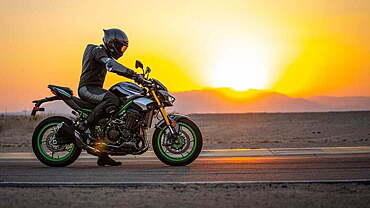



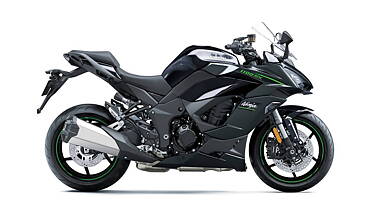
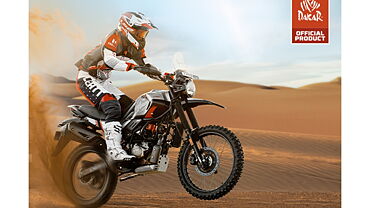

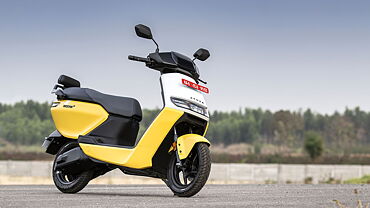
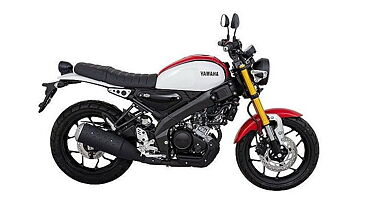








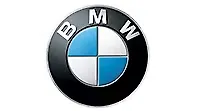


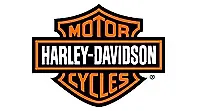










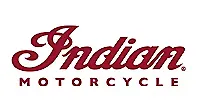



















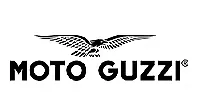
















![Bajaj Chetak [2025] Bajaj Chetak [2025]](https://imgd.aeplcdn.com/272x153/n/cw/ec/193633/chetak-2025-front-view.png?isig=0&q=80)
